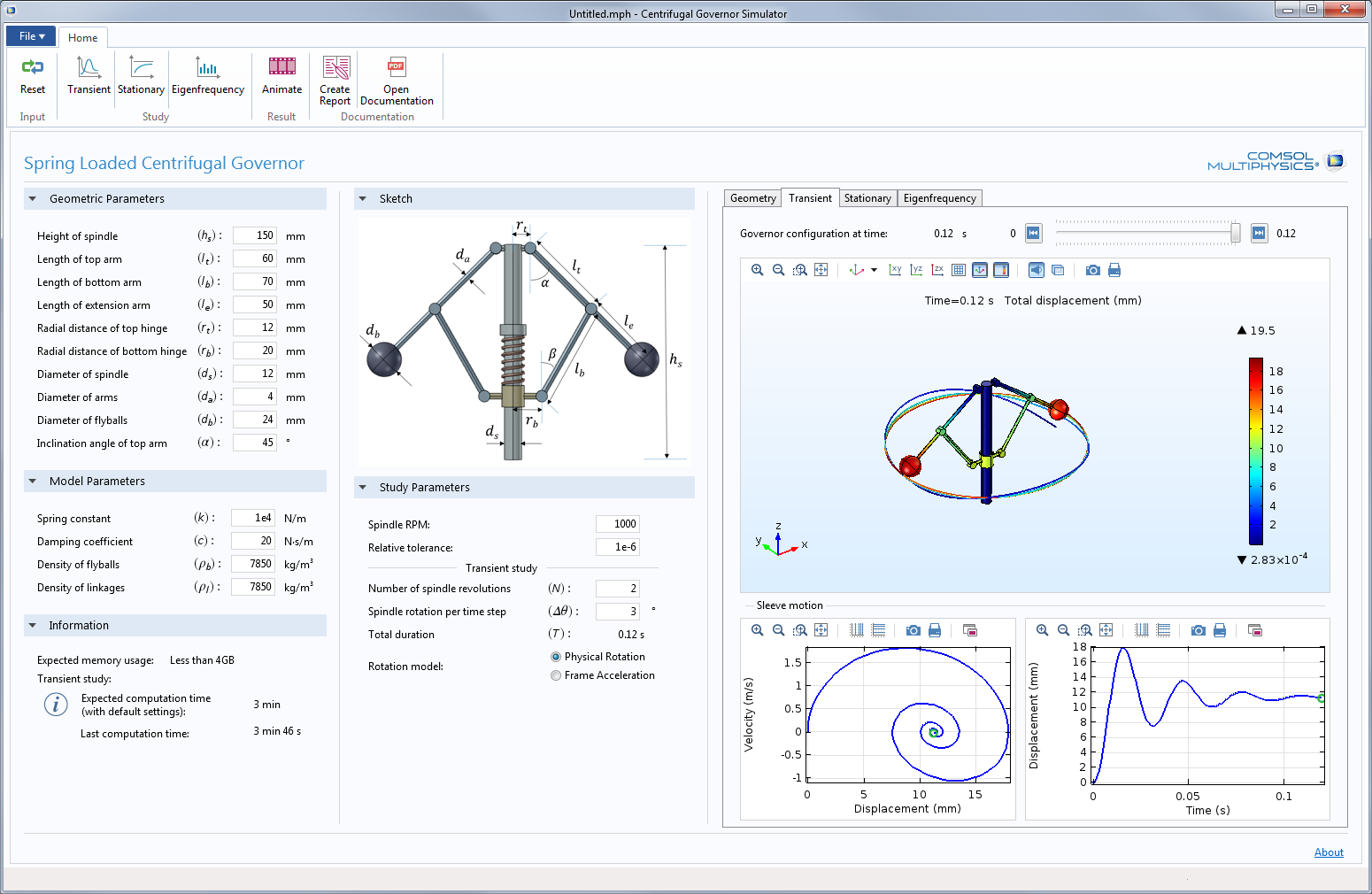

An array of high-voltage wires creates a corona discharge region surrounding them, which in turn charges the unwanted particles. This type of filter is used in various industrial settings to filter particles from, for example, exhaust gases from coal power plants. To illustrate using the Electrostatics, Boundary Elements interface, let’s create a simplified model of an electrostatic precipitation filter. Example: Electrostatic Precipitation Filter For example, you can have one domain with an anisotropic material modeled with the traditional Electrostatics interface in the AC/DC Module and a surrounding isotropic domain modeled with the new Electrostatics, Boundary Elements interface. Requires meshing the diameter of the wires to avoid mesh-dependent solutionsīy combining domains modeled with FEM and regions modeled with BEM, you can get the best of both worlds. Requires recomputing with a larger truncation domain Requires infinite elements or an approximation of an infinite domain through using large enclosing truncation domains The table below summarizes the pros and cons of BEM and FEM in the COMSOL Multiphysics implementation. The COMSOL Multiphysics implementation of BEM cannot be used to model, for example, nonlinear or general inhomogeneous materials. However, this advantage comes at a price. BEM eliminates the problem by only requiring a surface mesh, which is significantly easier to generate. In contrast to FEM, BEM doesn’t require the generation of a robust volumetric mesh throughout your computational domain, which can be difficult and resource-intensive to achieve. Although this blog post focuses on the interface for electrostatics, some of the techniques shown here are applicable if you are interested in the other two interfaces. There are three different types of interfaces that are based on BEM, summarized in the table below: InterfaceĬurrents in electrochemical applications in 2D and 3DĮlectrodeposition Module, Corrosion ModuleĬOMSOL Multiphysics (no add-on product required)
#Comsol multiphysics books software#
The boundary element method (BEM) is complementary to the finite element method (FEM) and is generally available in the COMSOL Multiphysics® software as of version 5.3. Interfaces Based on the Boundary Element Method in COMSOL Multiphysics® In this blog post, let’s see how the new functionality can be used to conveniently set up a model that includes a number of very thin spiral wires. The technology is known as the boundary element method and can be used on its own or in combination with finite-element-method-based modeling. The Multiphysics Cyclopedia is an engineering guide to the underlying concepts and theory behind various interacting physics, and an introduction to coupled simulations.The latest version of the AC/DC Module enables you to create electrostatics models that combine wires, surfaces, and solids. Then, you can weave these fibers together in a self-consistent way to solve your particular simulation needs. The COMSOL Multiphysics approach starts with first principles like transport phenomena, electromagnetic field theory, and solid mechanics as the basic fibers of the software. With a multiphysics capable simulation tool, you can correctly capture the important aspects of your design. The antenna receives electromagnetic waves, the touch screen or buttons are mechanical and electrical components that interact with each other, the battery involves chemical reactions and the movement of ions and electrical current, and so on. The real world is multiphysics in nature.Ĭonsider your cell phone.

But, as we know, physics do not occur in isolation in the real world. Originally, computing resources were scarce, so physical effects were observed in isolation. Since the 1940s, we have been using computers to understand physical phenomena. We can describe what happens in the world using sets of physical laws. The study of multiple interacting physical properties.Coupled physical phenomena in computer simulation.


 0 kommentar(er)
0 kommentar(er)
